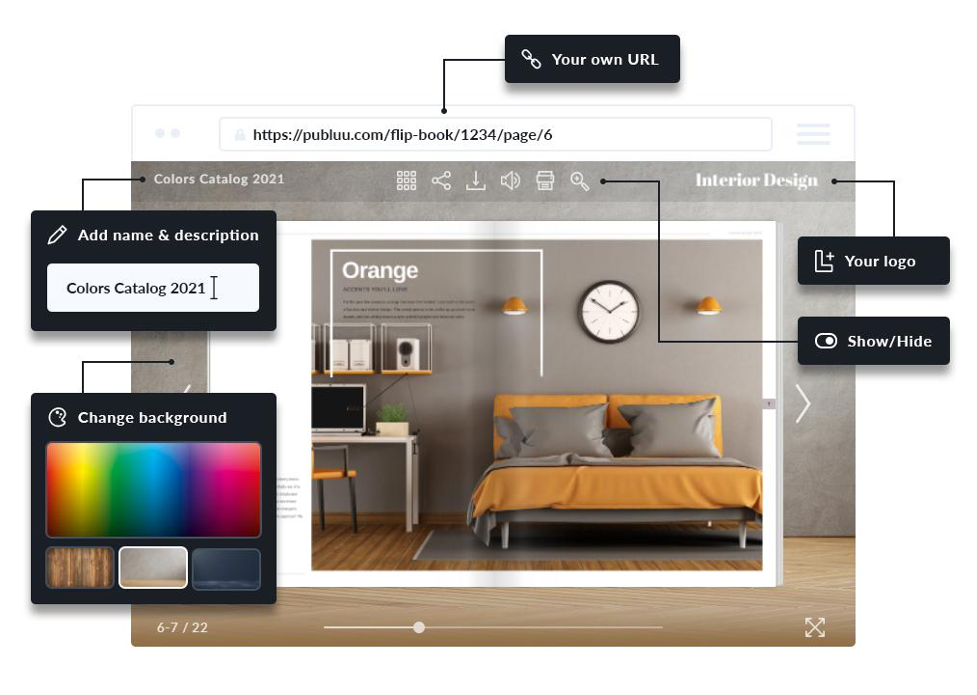
Digital publishing is in a state of constant evolution, with the industry always on the lookout for innovative ways to engage readers. Enter flipbooks: a fusion of the tactile feel of traditional books with the interactive potential of digital platforms. This article highlights the transformative role of flip book format in the digital publishing landscape.
What Are Flipbooks?
Flipbooks are digital renditions of print publications, designed to simulate the act of flipping through pages. Unlike static PDFs, flipbooks offer enhanced interactivity, embedding elements like videos, audio clips, hyperlinks, and animations, creating a dynamic reading experience.
Why Flipbooks Stand Out
Interactive Engagement: Flipbooks captivate readers with multimedia elements, turning passive reading into an interactive journey.
Cost Efficiency: Without the expenses of printing and distribution, flipbooks are a cost-effective publishing solution.
Global Accessibility: Published online, flipbooks can reach a worldwide audience, broadening readership.
Eco-Friendly: The digital nature of flipbooks reduces the paper demand, aligning with sustainability efforts.
Insightful Analytics: Integration with analytics tools offers publishers insights into reader behavior and content interaction.

Applications in Digital Publishing
Educational Content: Flipbooks enhance e-learning, integrating quizzes, video lectures, and interactive modules.
Magazines: Many magazines have adopted flipbooks, enriching content with videos, interviews, and interactive ads.
Business Reports: Companies use flipbooks for interactive annual reports, presenting data with dynamic charts and visuals.
Challenges to Consider
Device Compatibility: Ensuring flipbooks are optimized for various devices is crucial for a consistent user experience.
File Size: Balancing interactivity with file size is essential to prevent slow loading times.
Content Security: For premium content, measures like encryption or password protection may be necessary.
In Conclusion
Flipbooks are redefining the boundaries of digital publishing, offering readers an immersive experience that traditional formats can’t rival. As the digital landscape continues to evolve, flipbooks are poised to be at the forefront, making them an indispensable tool for modern publishers.


